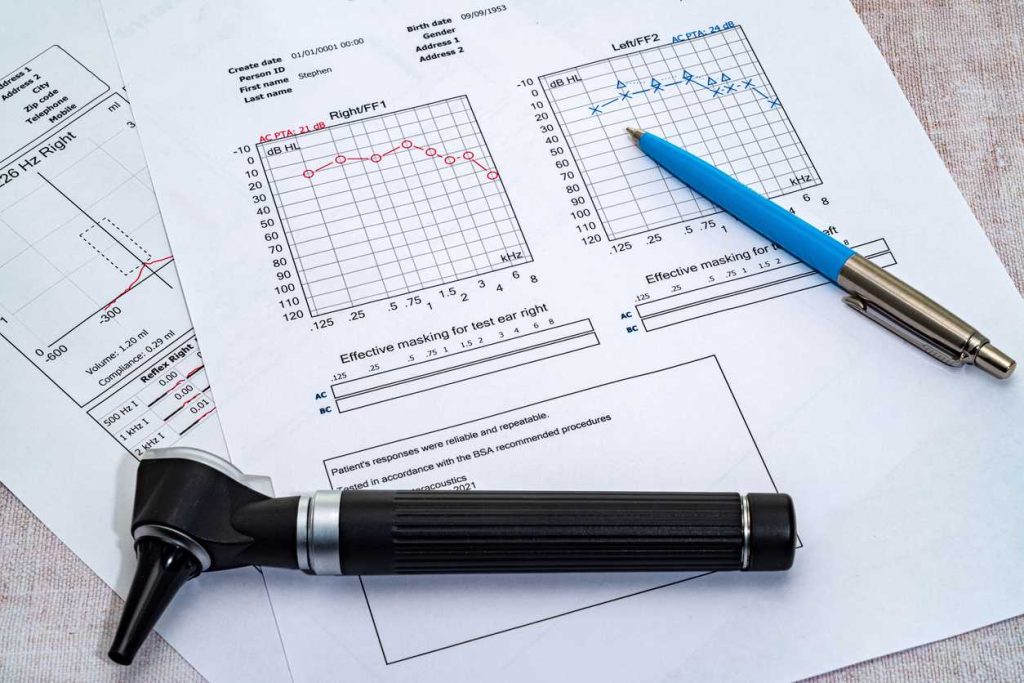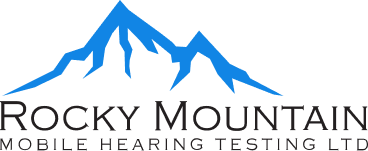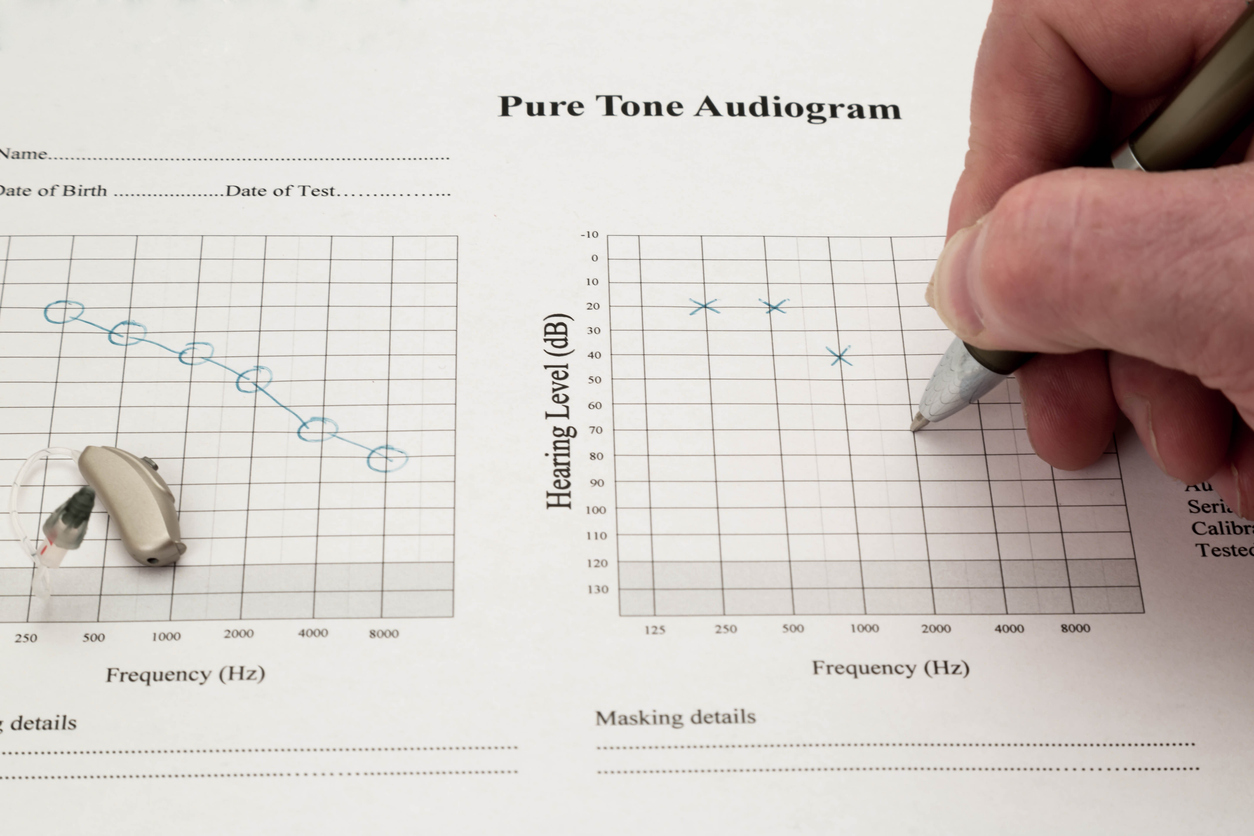Audiometric Screening Tests
Noise-induced hearing loss is the most common type of permanent hearing impairment and may be caused by prolonged exposure to sound levels over 85 dB or greater. But this type of hearing loss requires a hearing test to detect.
An audiometric screening test is a fast and easy test that is used to screen for hearing loss. In environments where noise is a significant hazard, companies are legally required to initiate screening tests for their team members. Mobile hearing testing is a convenient way for your employees to get tested. Our sound booths are CSA approved and include OHS certified, state-of-the-art audiometric testing equipment.
Employees participate in a pure-tone test, during which they will hear a series of audible tones at various volumes and frequencies. With each set of beeps, the worker will click the responder button to determine if they hear the sound. From there, the test results are printed for analysis, and the printout is called an audiogram. An audiometric technician will always review the results with each worker; we sit down with your employees to educate them on what they’re looking at with each audiogram.
If you’ve ever wondered how professionals in this industry analyze the data, this article should give you a rough idea of how to interpret hearing loss on an audiogram.
Hearing Loss in General
Not all hearing loss is related to loud noises. Bacterial infections and reactions to medications are other known causes of hearing loss. In addition, many workplaces are subject to constant droning noises, and sounds in excess of 120 dB aren’t a normal part of the work environment. However, employees in these can still be subject to hearing impairment. Occupational Noise-Induced Hearing Loss is often subtle, resulting from consistent, sustained exposure to noises between 85-120 dB, and many don’t realize their hearing has been impacted until much later. For this more gradual loss of hearing, audiometric screening is even more important to identify issues and find prevention methods before it’s too late.
How to Detect Occupational Noise-Induced Hearing Loss
When a person is exposed to high noise levels, the hearing threshold declines with higher frequencies. This results in an irregular pattern on the audiogram, often with large peaks in one ear and small valleys in the other ear, unless it’s affecting both ears.
An irregular audiogram can range from barely visible to very pronounced, and oftentimes it depends on years and years’ worth of exposure. This noise-induced hearing loss also has been called “occupational hearing loss” or “noise-induced sensorineural hearing loss.”
How an Audiogram Depicts Hearing Loss from an Audiometry Test

Audiograms paint a picture of a worker’s audiometric screening test results wherein hearing loss shows up as valleys or “notches.”
- On the x-axis of a chart, you can see sound frequency, in hertz (Hz), going from 500 to 8000.
- On the y-axis of a chart, you can see hearing sensitivity gaps measured in decibels (dB).
The test results are a connect-the-dots line that travels from normal thresholds, between 0 & 25 dB, to abnormal thresholds, from 25 to as much as 80 dB test results in the y-axis. A drop from 15 dB at 500 Hz to 45 dB at 4000 Hz and back up to 10 dB at 8000 Hz shows hearing loss at key frequencies—forming a visual trough or notch.
Notches are characteristically different from age-related hearing loss, which produces a downward curve with no bounce-back to normal thresholds at the 8000 Hz mark. This type of data strongly indicates that the hearing loss is due to the operation of heavy equipment, as you might find at your worksite
Audiometric screening tests are legally required because they paint a picture of what’s happening inside your ear over time as a worker advances in a career where noise is an accepted job hazard. However, hearing protection and hearing loss prevention programs, as well as thorough testing, provide the safe workplace that the law requires.
Rocky Mountain Mobile Hearing Testing is your locally owned and operated Calgary business. We are committed to providing mobile hearing testing services and other safety tests to numerous industries and companies in Western Canada. Our services are part of the WorkSafeBC Provider Network, while our sound booths are approved by the CSA. We offer audiometry testing, mask fit testing, custom earplugs, noise measurements, help with implementing a hearing conservation program, and spirometry testing. If you want to improve your workplace, leave it in the hands of our team. Contact us today at (403) 399-4775.



